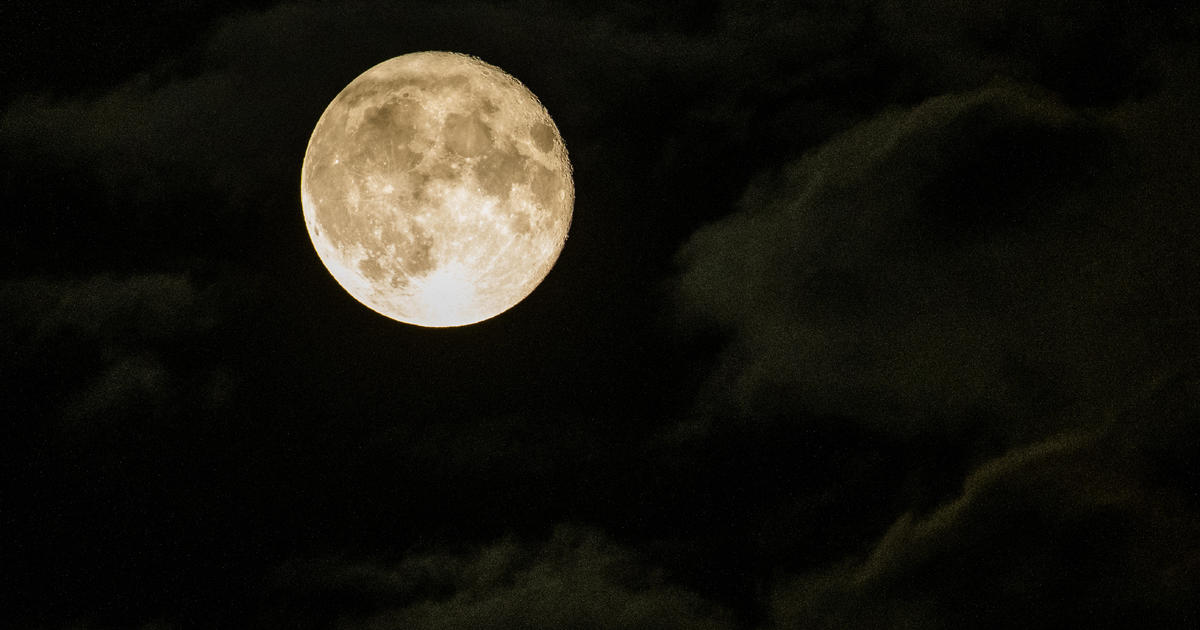

No response returned

A rare super blue moon will shine in the sky as August wraps up.
The month already featured a as it began, but the second full supermoon of the month — which will appear on Wednesday — will also be a blue moon. A blue moon is not actually blue in color; the term signifies a second full moon within a single month. This month's moon could also have a "" impact on Florida communities dealing with flooding from Hurricane Idalia.
August's first full moon rose on Aug. 1 and was the second of four consecutive supermoons. On average, supermoons are about 16% brighter than an average moon. They also appear bigger than the average full moon. According to , it's similar to the size difference between a quarter and a nickel. The phenomenon occurs when the moon's orbit is closest to Earth at the same time the moon is full.
The Aug. 30 supermoon will appear to be even closer than the full moon at the beginning of the month. The last of the four consecutive supermoons this year will be the Sept. 28 "Harvest Moon."
This Wednesday's super blue moon will start to rise shortly after 7 p.m. EDT and it will reach its peak at 9:36 p.m. EDT. The super blue moon will set just before sunrise on Thursday. The can be used to check exact times for your region. The moon will appear full through Friday morning, according to NASA.
While binoculars and a telescope may give you a more detailed look, astronomers say all you need to do is look up.
The will also feature a live feed of the super blue moon over Rome's skyline beginning at 11:30 p.m. ET.
Those looking to the skies tonight may also spot , which will be visible near the moon around 8:42 p.m. EDT and appear to swing clockwise around the moon as the evening progresses, according to NASA. Saturn should be visible just by looking up, but binoculars or a telescope will help viewers make out some of the planet's distinguishing features.
Saturn moved directly opposite the sun on Saturday night and will stay there through Sunday night, with the sun's illumination allowing the ringed planet to appear bigger and brighter in the sky, according to NASA. It will until February of next year.
Those who miss out on the blue moon will have quite a wait before the next one. While around 25% of full moons are supermoons, just 3% of full moons are blue moons, according to NASA. The next blue moon after the one on Aug. 30 will be in . Astronomy fans will be in for a special treat come 2037, which will feature in January and March.




